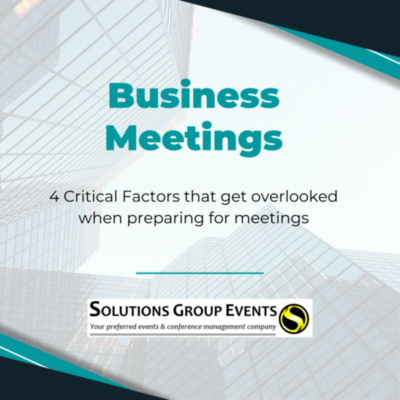
4 Critical factors that get over-looked when preparing for Meetings and conferences
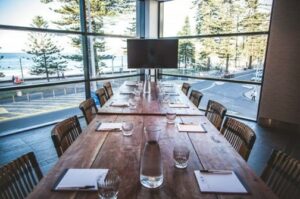
Meetings…the time when ideas are born, decisions and negotiations are finalized, and workplace culture is nurtured. On the contrary, meetings can be a terrible waste of time and resources. It has been estimated that most managers spend approximately thirty-five percent of their work week conducting or attending meetings, and, if you are a business leader, this figure may soar as high as fifty percent. But it’s not just the inordinate number of hours that is a concern. Time is money.
Many people resent the number of meetings and conferences they are required to attend and try to avoid them whenever possible. Additional measures should be considered to prepare for meetings, in order to support efficient flow and productivity particularly when there is a possibility for the discussion to become contentious.
Although often ignored, environmental factors can lead to blocks in communication, and may negatively impact your objectives. Everyone will experience a different level of sensitivity to their environment — and there is a growing body of research that confirms environmental factors impact your level of attention, energy, concentration and mood.
While you may not always have control over the environment or location for all your meetings, keep the following in mind when you do.
- Light
Is your room lighting conducive to your desired outcome? Bright lights increase the intensity of emotion; dimmer lighting helps foster neutral and calm emotions. Cold, blue spectrum lighting increases the energy of the environment. This can be useful for ideation, creative problem-solving and planning. Daylight spectrum lighting or lower is good for reflective work, such as tasks that require sustained levels of focus.
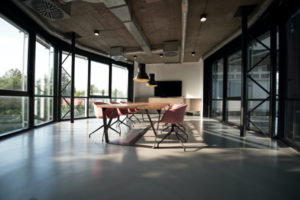
- Colour
Vibrant hot colours (red, orange, and yellow) and bold lines increase assertiveness, social engagement, debate, and active verbal exchanges. Cooler colours (especially green) can foster more listening, focused attention, and patience. Less saturated colours will increase openness to new information and are conducive to agreeableness and affability.

- Sound and Motion
Continuous background noise and movement can reduce the likelihood of receptivity to new information, and it can make alignment more difficult to achieve. In part, noise and motion are often related to the perception of privacy. If you can hear others around you (for example, at a coffee shop or restaurant) then there is an innate perception — realistic or not — that you cannot speak freely. As decibels continue to increase, concentration and attention will decrease.
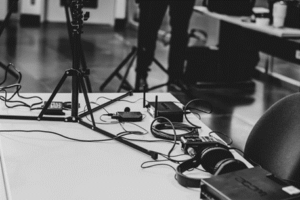
- Temperature
The best overall temperature for productivity and emotional balance is (22°C). Colder room temperatures (20°C) are advantageous for increasing energy and generating creative ideas, but not favourable for meetings that require analysis or trouble-shooting. However, if a room becomes too warm, (23°C) this can induce lethargy, and productivity may decline. Asking people if a room is too hot or too cold is a great way to gauge their comfort level of the environment and it can also impact how receptive and engaged they will be to what is being discussed.
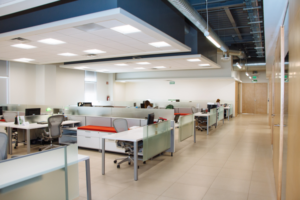
Information brought to you Susan Steinbrecher at Steinbrecher & Associates & Publicized by Inc.





